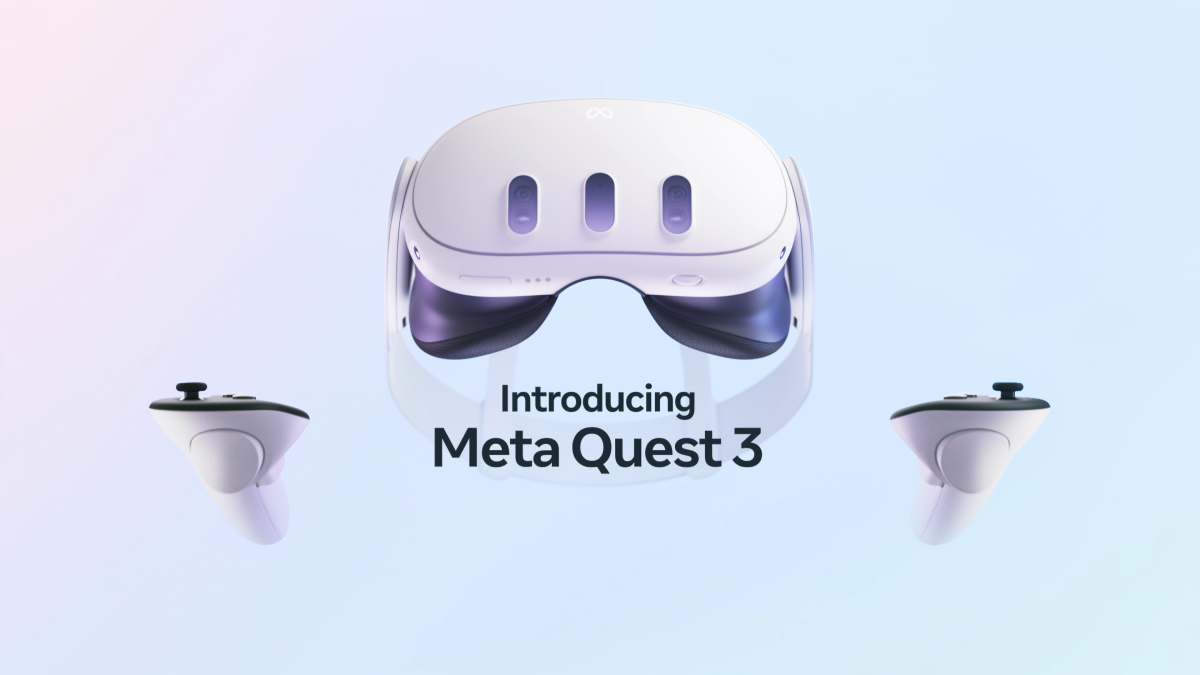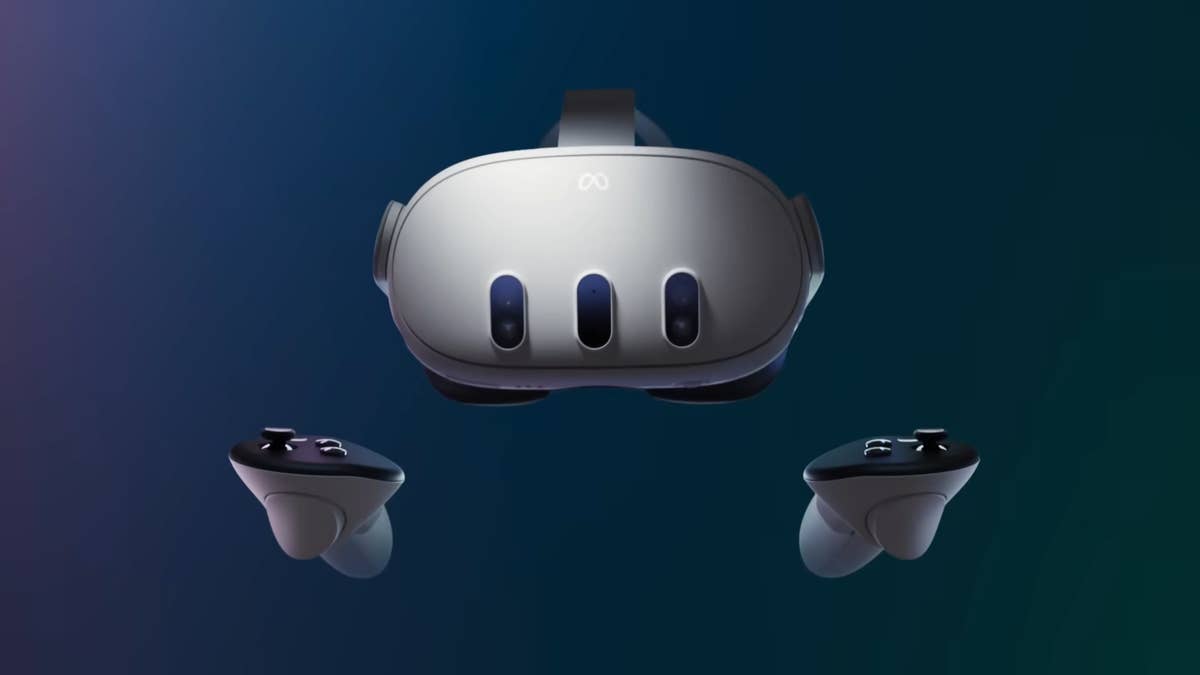The landscape of virtual reality (VR) and mixed reality (MR) is ever-evolving, with new advancements and technologies continually pushing the boundaries of what's possible. One of the latest entrants in this dynamic field is the Meta Quest 3, a next-generation VR headset from Meta, formerly known as Facebook. In this blog post, we will provide an unbiased overview of the Meta Quest 3, examining its features, capabilities, and potential impact on the VR industry.
Meta Quest 3: An Overview
The Meta Quest 3 is a VR headset that aims to deliver advanced, high-fidelity, and immersive VR and MR experiences. The device is expected to feature a 2K resolution per eye, a 120 Hz refresh rate, and a 110-degree field of view. It is also expected to come with touch controllers that will allow intuitive control, enhancing the overall VR experience.
The Quest 3 is expected to be thinner and lighter than its predecessor, the Quest 2. This design change could potentially enhance the comfort of the headset, making it more suitable for extended use. The headset is also expected to feature a next-generation Snapdragon chipset developed in collaboration with Qualcomm Technologies, which could potentially deliver more than twice the graphical performance of the previous generation Snapdragon GPU in Quest 2.
Mixed Reality Capabilities
One of the key features of the Meta Quest 3 is its Meta Reality technology. This technology aims to blend the physical world with the virtual one, creating a mixed reality experience. High-fidelity color Passthrough, machine learning, and spatial understanding are expected to allow users to interact with virtual content and the physical world simultaneously.
However, the effectiveness and practicality of these features will largely depend on the execution and user experience. While the concept of mixed reality is exciting, its real-world application and usability remain to be seen.
New Controllers: An Improvement?
The Meta Quest 3 is expected to come with redesigned VR controllers that bring new features. However, users also have the option to use Meta's Touch Pro controller. The Touch Pro controllers can track themselves, eliminating the need for tracking rings and “eye contact” with the VR headset.
While these new controllers could potentially enhance the VR experience, their practicality and usability will largely depend on the specific applications and games. Furthermore, the effectiveness of the new TruTouch haptics, which provide more realistic haptic feedback, will also depend on the implementation and user feedback.
So...
The Meta Quest 3 is a new entrant in the VR market, offering a range of features and capabilities. However, like any new technology, its success will largely depend on its execution, user experience, and market reception. While the device promises to deliver advanced VR and MR experiences, the real-world application and usability of these features remain to be seen.
The Meta Quest 3 is expected to be available for sale in the fall of 2023. The estimated price range is between 300 and 500 US dollars, which places it in the higher end of the VR headset market. As the VR landscape continues to evolve, it will be interesting to see how the Meta Quest 3 fares and what impact it will have on the industry.


/cdn.vox-cdn.com/uploads/chorus_asset/file/24696064/meta_quest_3_design.jpg)







